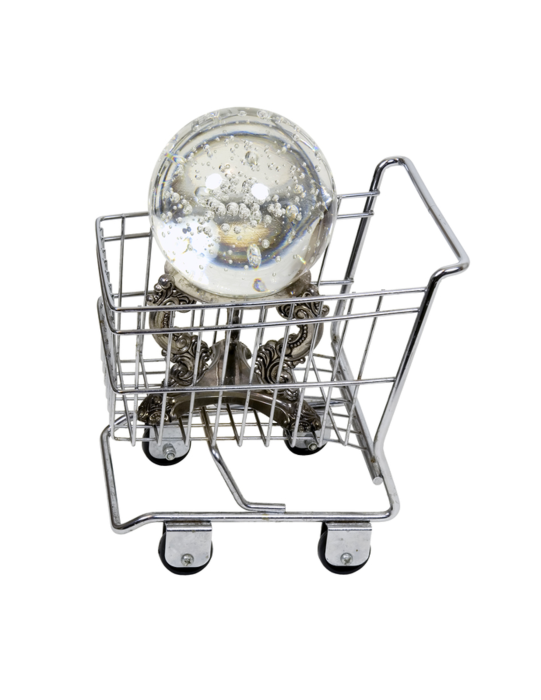Isn’t it funny how quickly the world changes? Just 20 years ago Amazon made its Internet debut. Now consumers trust the e-commerce behemoth more than traditional retailers to fulfill their online shopping needs. In fact, data from Walker Sands’ 2015 “Future of Retail Study” shows that U.S. consumers are more comfortable purchasing from third-party sites like Amazon versus traditional retailers in 10 out of 11 product categories.
“It really comes down to the Amazon experience,” says Dave Parro, account director and retail technology practice lead for Walker Sands Communications. “It’s so easy for customers to go to Amazon and buy just about anything they want that it’s almost become the default product search engine…. Retailers have been a little bit slower to catch up in terms of offering the kind of seamless e-commerce experience that Amazon offers. We’re starting to see retailers catch up, but consumers are so used to shopping on Amazon now that, for most product categories, it’s the easiest place to go.”
Indeed, Amazon has certainly become the place for online shopping. In fact, 96% of the more than 1,400 U.S. consumers surveyed say they made an Amazon purchase this past year. And there are a number of factors that contributed to Amazon’s widespread adoption. For instance, respondents list free shipping (83%), free returns (65%), and one-day shipping (62%) as their main online shopping drivers—all of which the online marketplace offers. In addition, 27% of respondents say they would purchase an item costing more than $1,000 online without seeing it first as long as free returns were provided. However, retailers have the upper hand over Amazon, Parro says, when it comes to fostering brand loyalty.
But not all retail innovations have earned the same level of trust that consumers have bestowed on Amazon. Take mobile payment apps, for instance. Mobile payment options are certainly on the rise, with 40% of respondents claiming to have used one this past year (a 32% increase since 2013). Of this population, 45% have used Google Wallet, 41% have tried banking payment apps, and one third have used a retailer payment apps (like Starbucks’s). Still, consumers have their doubts. Mobile payment applications ranked the lowest in terms of forms of payment consumers felt most secure with (1%), falling behind cryptocurrency—like Bitcoin—(3%) and checks (2%). In fact, only 20% of respondents say that they’re not concerned about using mobile payment services. Security concerns (57%), privacy qualms (48%), and mobile payment apps not being accepted at enough locations (26%) are respondents’ top apprehensions.
But Parro isn’t convinced that consumers’ concerns are completely founded.
“Consumers want to use mobile payments; they’re willing to consider it,” he says. “But in their mind, it still is an untested technology. Consumers hear so many stories about hacking scandals on POS systems, [as well as] data privacy and security risks that there may be some hesitation there because of everything else going on—even if it’s not directly related to mobile payments.”
It seems, however, that consumers are willing to take a greater leap of faith when it comes to emerging technologies, like drones and virtual reality. Consider the following: 36% of respondents expect to receive their first drone-delivered package within the next two years, and 32% would be willing to pay more than $20 to have their product delivered by drones within an hour. Only 12% of consumers surveyed say they don’t trust drones to deliver any items to them, citing safety concerns (74%), cost (69%), and privacy issues (64%) as their top qualms.
About two thirds (66%) of consumers would be interested in virtual shopping, and 63% say virtual-reality capabilities could change the way they shop. An additional 35% even say that this technology would make them more inclined to purchase online.
But could consumers be getting ahead of themselves? The Federal Aviation Administration’s new proposed regulations, which present steps to making drones more of a possibility for businesses, are expected to undergo a two- year (or longer) review, The Washington Post reports. So, consumers will have to wait some time until they start seeing packages swirling overhead. “I think consumers are expecting something and are excited about something that isn’t going to happen for a while,” Parro says.
If one thing is clear, the retail landscape is always evolving. So, when it comes to keeping up with the latest retail trends, Parro recommends looking at three factors: what are consumer expectations, where is the technology in terms of progression and adoption, and how will that technology fit into retailers’ strategies?






